From Months to Minutes: The Future of Market Testing with AI Societies
Use simulated AI societies to test messaging, pricing, and go‑to‑market moves in minutes. Model influence networks, spot emergent reactions, and avoid costly real-world tests.
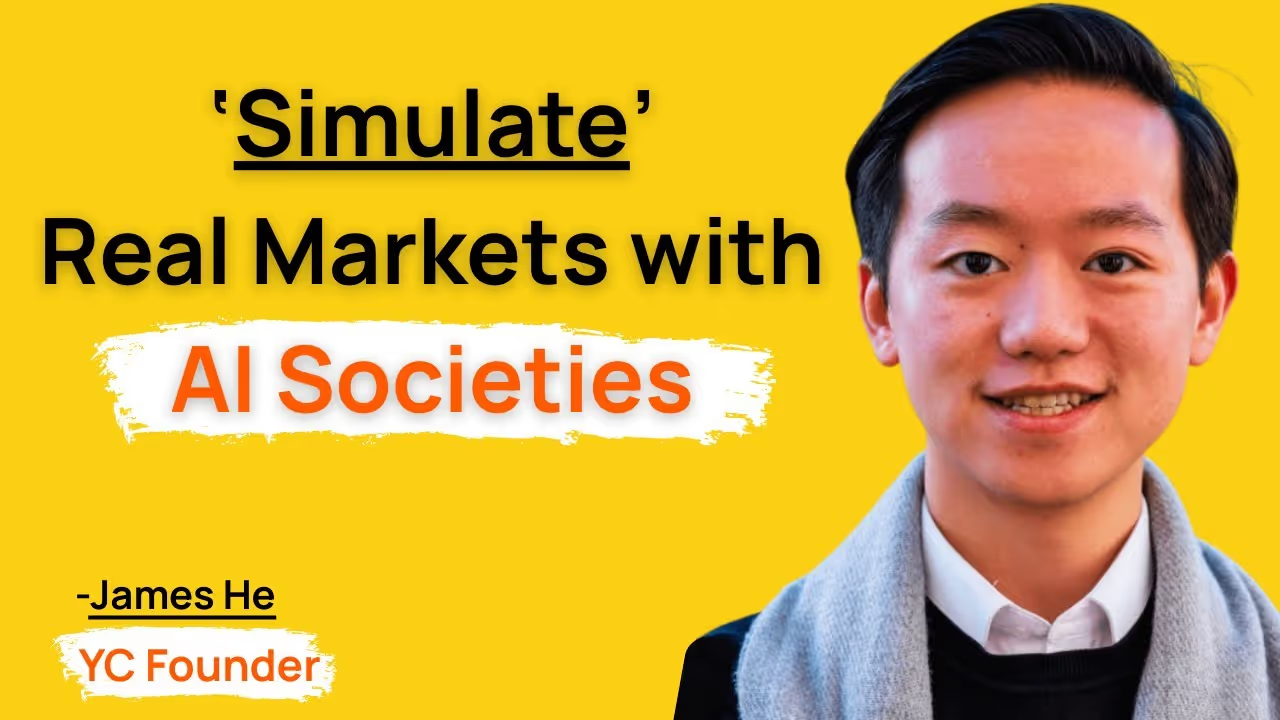
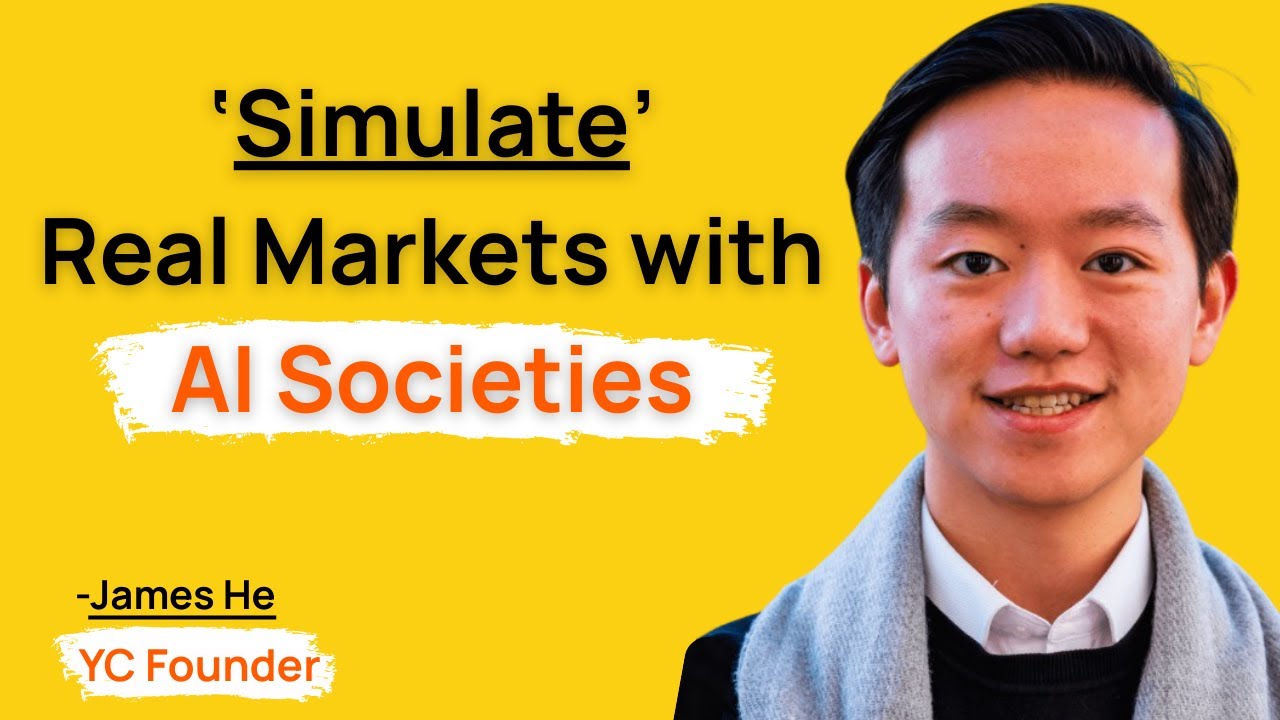
I build simulated societies made of AI personas so teams can test marketing, messaging, product changes, and go-to-market strategies in minutes instead of months. In short, I try to give people a safe sandbox where they can explore hundreds or thousands of variants and see how a connected group of humans — not just isolated users — will react.
This is a practical write-up of why that matters, how it works today, and where I think "artificial collective intelligence" will take product and marketing teams in the next few years. I’ll walk through a couple of concrete stories, a live demo I often show, the technology approach, who gets the most value today, and what this means for jobs and the future of experimentation.

Why simulate a society?
Running social experiments in the real world is costly and slow. You recruit participants, design conditions, collect data — and often you only get surveys or coarse metrics back. That makes it hard to iterate quickly on messages, interfaces, or policies that affect many people.
My background is in computational behavioral science. Throughout my research I asked: what if you could build a sandbox that mimics a real population and let you run many experiments without real-world consequences? If you can simulate a plausible social environment, you can test 100 options, spot emergent conversations, and discover which strategies are likely to work before spending time or money on a live launch.
Not just individuals, but influence networks
People do not form opinions in isolation. They influence one another. So a model that treats users as disconnected decision-makers misses a huge chunk of reality. Our simulations model both the personas and their social ties. That lets you observe not just who responds, but who talks to whom and how a message propagates across a network.
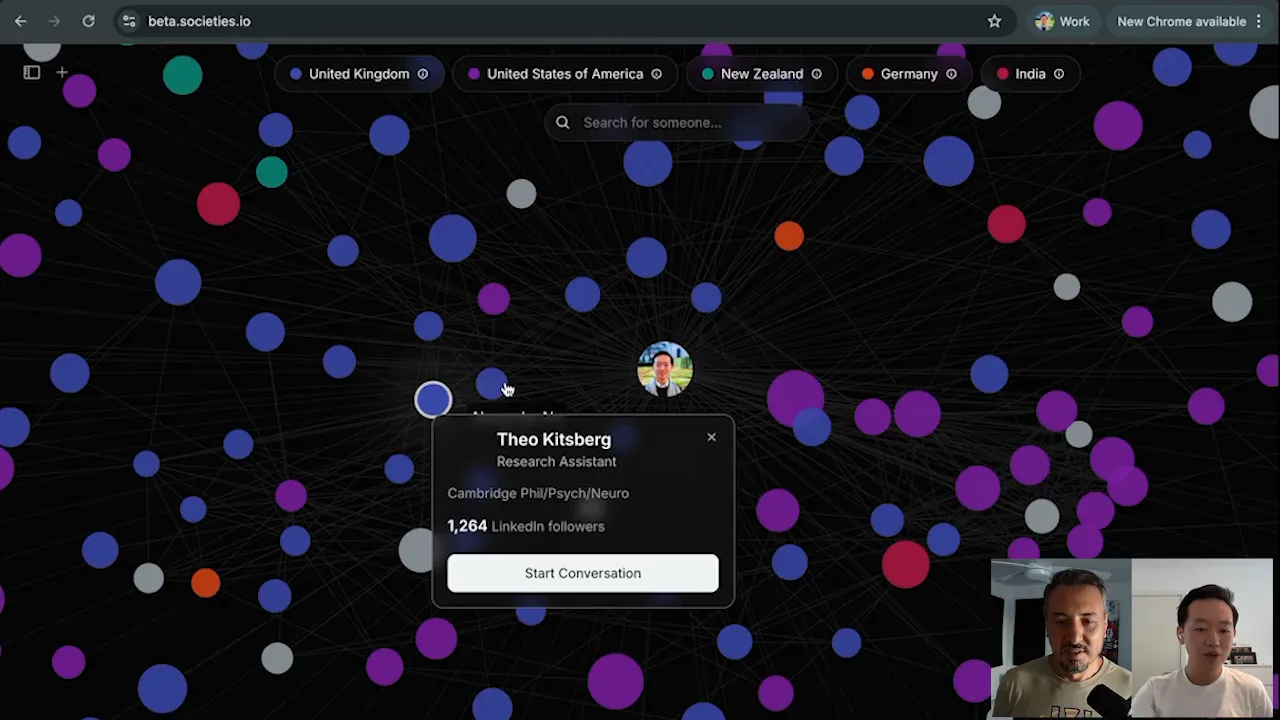
The coffee shop moment: two months in two minutes
One of the defining moments for this work happened in a coffee shop in London. A behavioral scientist named Patrick was running a real-world experiment for an insurance provider — a months-long A/B test to see how customers reacted to two different price-increase messages. I had a very rough prototype at the time: a Python notebook that sometimes worked and sometimes did not. Still, we decided to plug his two messages in and simulate.
We ran the simulated A/B test and the simulated results matched the real-world outcome — not just at the top-level metric, but in the patterns of conversation and the types of reactions people had. We did in minutes what would have taken months of recruitment, surveying, and analysis.
"I see this as a future. It's less and less going to be about experience and pedigree. It's more and more going to be, what are you willing to build?"
That moment convinced Patrick to join the project. More importantly, it crystallized the product idea: give marketers, product teams, and policy designers an environment where they can explore, iterate, and learn quickly.
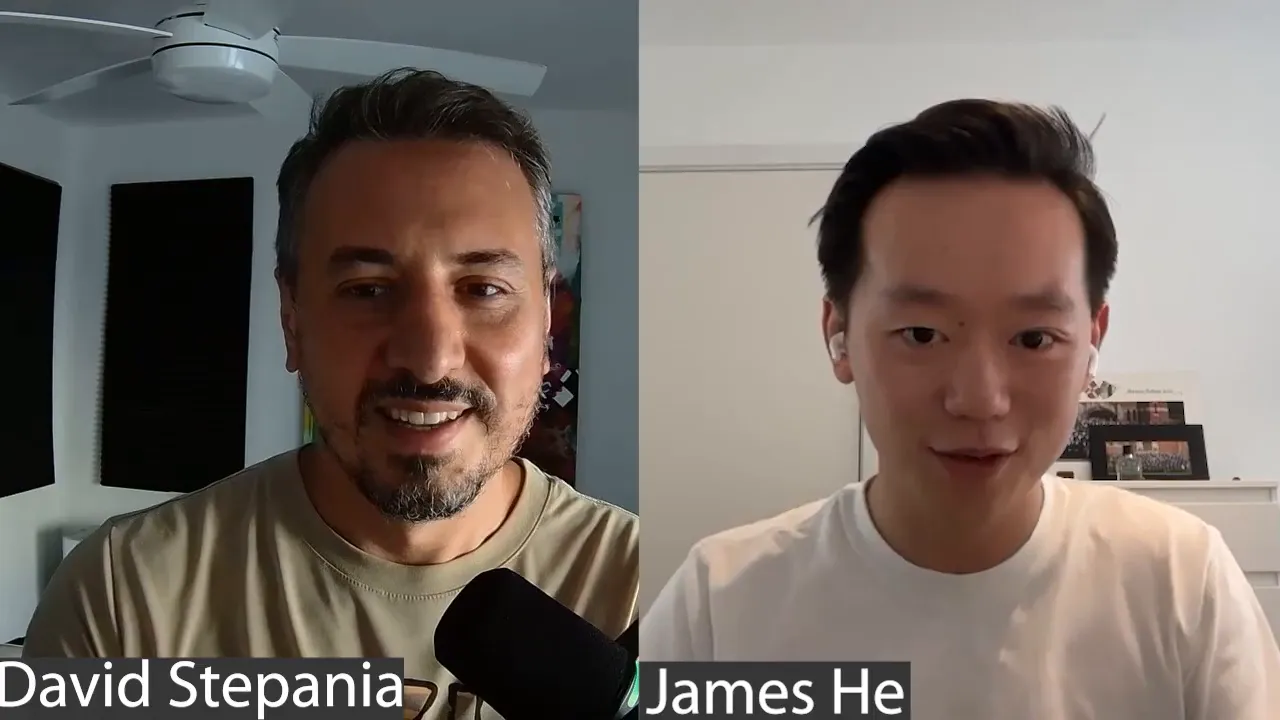
Real customers: YC and Anthropic
We built a product and went to Y Combinator. Being in YC created interesting opportunities. Anthropic, who were actively trying to sell to YC founders, invited us to a lunch. We built a simulation of our entire batch — a mock W25 society — and handed it to Anthropic's sales team. They used the simulation to test LinkedIn outbound messages, generate variations, and tune their approach before actually sending anything. That is a perfect example of the product’s value: tuning messages in private, seeing how peers will react, and saving the costly mistakes of live outreach.
What happens during a live demo?
When I show the product, people expect a single-person AI assistant. What they actually see is a living society.
- Every dot on the map is an AI persona modeled from real people and their online behavior.
- Lines represent influence; clusters show communities such as SF founders, London peers, or domain-specific groups.
- You can drop in a message, a landing page screenshot, a LinkedIn post, or an ad creative and simulate the response across the whole society.
- Personas can reply, ignore, discuss with each other, or change their internal state, letting you observe emergent, social outcomes.
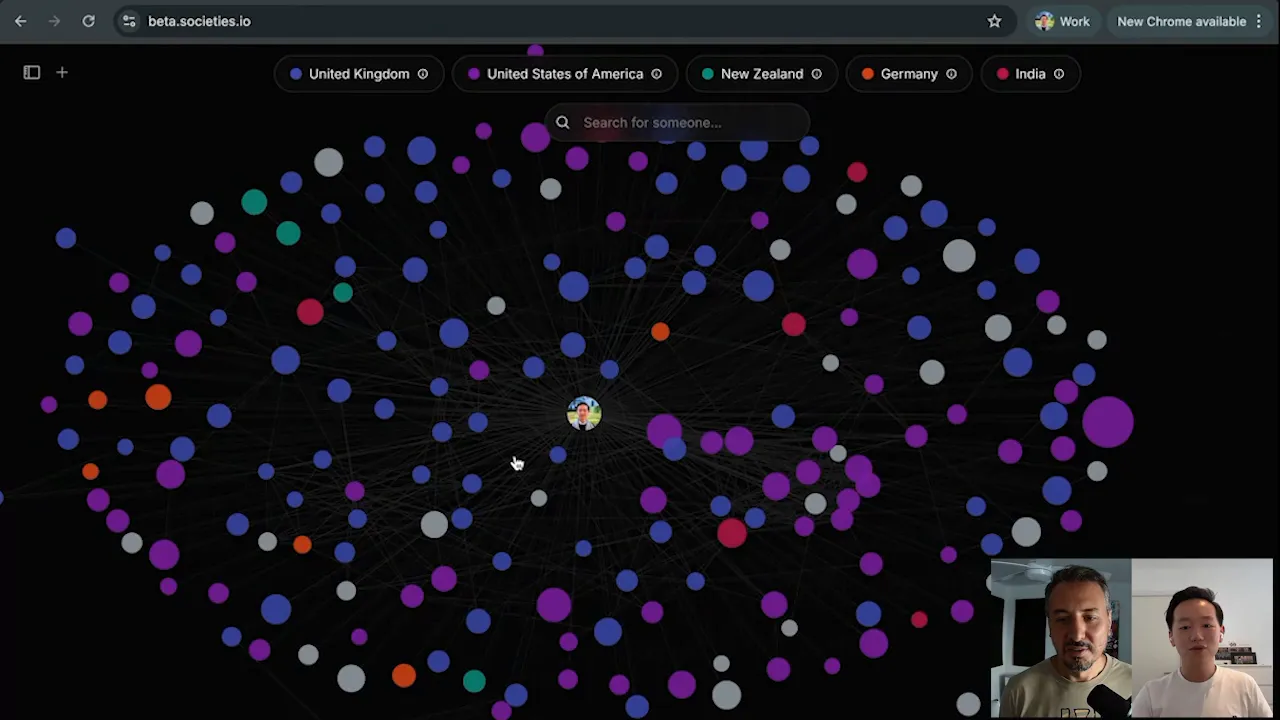
For example, I recently simulated a cold DM asking "Can we get coffee?" across a society of founders in New York. The reply rate was low, and the simulation showed why: people were flagged as job-seeking or geographically misaligned. I could then iterate on the outreach text and re-run the simulation to see how wording changes the response and the conversations that follow. This feedback loop lets you find the right words faster.

Beyond messages: testing landing pages and hero sections
We also let teams paste screenshots of web pages into the simulator. The AI personas will "view" the page, form impressions, and respond. Marketing and product teams can see how different hero sections, calls to action, or pricing pages influence interest and conversion signals before shipping.
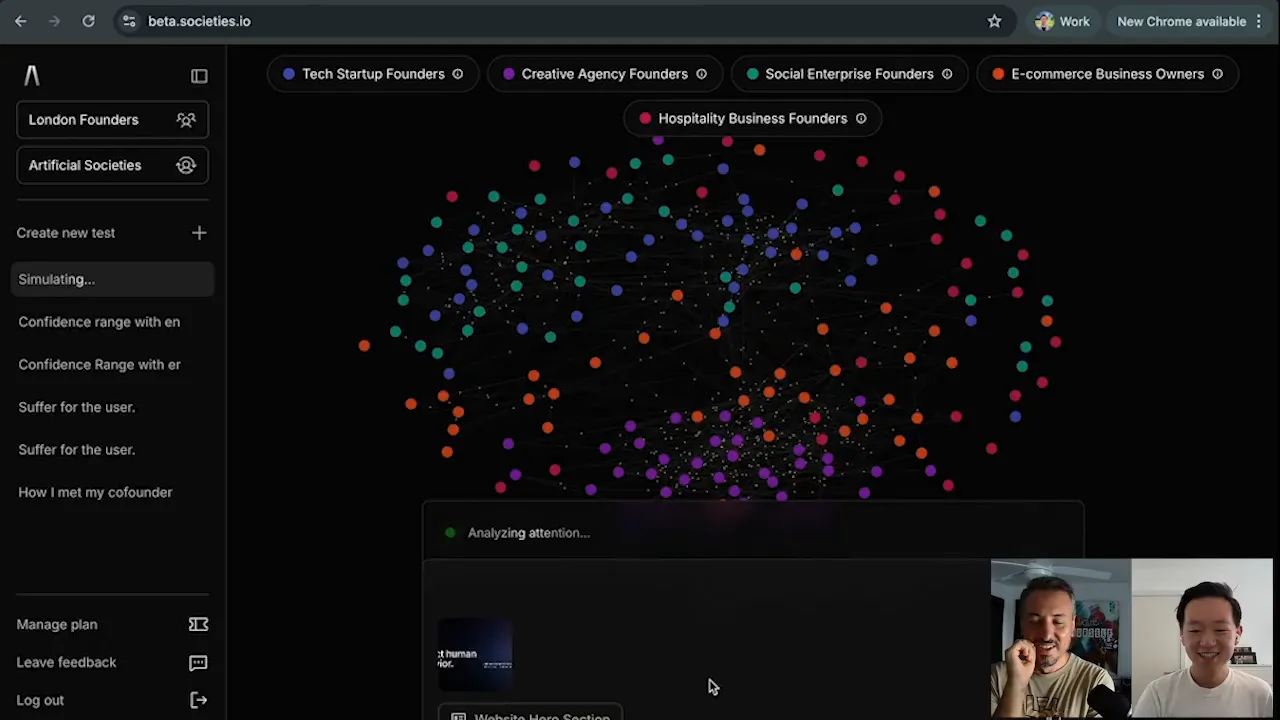
How it works under the hood
At a high level, the system assembles a society by pulling from a database of profiles and behaviors. Then it spins up hundreds or thousands of LLM calls to animate each persona. Personas have memory and internal thoughts and can influence one another according to modeled social ties.
We intentionally use a multi-model approach: when Claude and GPT get better, our simulations get better because we can choose the LLMs that serve each role best. The product is about composition: AI models provide the cognitive glue, but the interface, trust, and the social model are what make this usable for teams.
Artificial collective intelligence: the 2–5 year vision
What I call artificial collective intelligence is an AI system that can:
- Accept a high-level goal, like "increase sales" or "reduce misinformation."
- Generate a thousand different strategies to achieve that goal.
- Simulate each strategy inside an artificial society to see which are most likely to succeed.
- Recommend the "golden path" — the set of actions with the best simulated outcome.
If this vision is realized, organizations, individuals, or governments could rapidly evaluate the societal consequences of decisions. Market research and scenario testing would be democratized rather than reserved for wealthy consultancies or large governments.
Who benefits today?
Early adopters are marketers, growth teams, sales teams, product managers, and behavioral researchers. Use cases we've seen produce immediate ROI:
- Tuning LinkedIn outbound templates and outreach sequences
- Testing ad creative variants and website hero copy
- Running A/B tests on pricing or UX changes before rolling them out
- Building content strategies while observing social propagation
These teams are usually strapped for time and need quick, low-cost evidence of what might work in the real world.
AI augmentation, not just hiring
One of the changes I observe in early-stage teams is they augment themselves with AI first rather than hiring for every missing skill. I am not a full-time backend or frontend specialist, but I ship interfaces today because generative tools give me the scaffolding. Human judgment remains essential — we decide which simulated outcomes we trust and which interventions to run live — but the pace of iteration has accelerated dramatically.
Jobs of the future
People worry about AI replacing roles. That is happening with some straightforward tasks. But new roles will grow in importance:
- Creative or growth engineers: hybrid makers who can conceive attention-grabbing stories and execute them with software and content production skills.
- Product-distribution hybrids: roles that merge product thinking with distribution strategy because attention and distribution are the scarcest resources.
- Experiment designers: people who craft multi-strategy experiments and validate them using simulated societies and live micro-experiments.
Pure data scientist roles that only provide reports may decline as analysis is embedded into application layers and products. The competitive edge will be the people who can recombine ideas, tell compelling stories, and build quickly.
My background and why I care
I left China when I was 14, moved to New Zealand for high school, and later studied behavioral science and computational methods at Cambridge. After graduation I declined an offered PhD to work in industry, but I kept treating my side research like a PhD: rigorous, goal-driven, and open-ended.
One of those side projects became the first demonstration of artificial societies. The idea of using AI to simulate social media behaviors and group dynamics proved powerful, and that seed became the company and product we have today.
Competition and openness
There will always be other teams building multi-agent systems. Our strategy is to focus on the interface, trust, and public accessibility. We build in public, let people sign up, and iterate with real users. Good technology alone is not enough; the UI, workflow, and trust mechanics matter a lot more when people are using simulations to make real decisions.
How to get started and who to talk to
If you are a marketer, salesperson, or product leader who wants to run faster experiments and reduce the risk of live launches, artificial societies can shorten your iteration cycle. Start by defining a single hypothesis: a LinkedIn message, a hero section, an ad creative. Run a simulated experiment to see not only direct responses but also how the message propagates through influence networks.
If you want to try a sandbox, or discuss a pilot for marketing and sales use cases, reach out via the site. Early users get credit to experiment; marketing and sales teams tend to extract the most immediate value.
Final thoughts
Experimentation is the core engine of innovation. The more cheaply and quickly we can test ideas, the more combinations we can explore — and the more likely we are to build something novel and useful. Simulating societies is not about replacing humans. It is about giving humans a safe, fast, and cheap way to test hypotheses and select the best paths forward. I hope this helps teams iterate faster, find better messaging, and ultimately build with more confidence.
If you want to talk experiments, pilots, or ideas, reach out and let’s simulate the outcome before you spend months trying the wrong thing.
Contact: founders at societies.io

